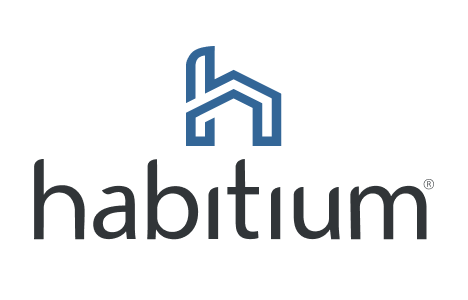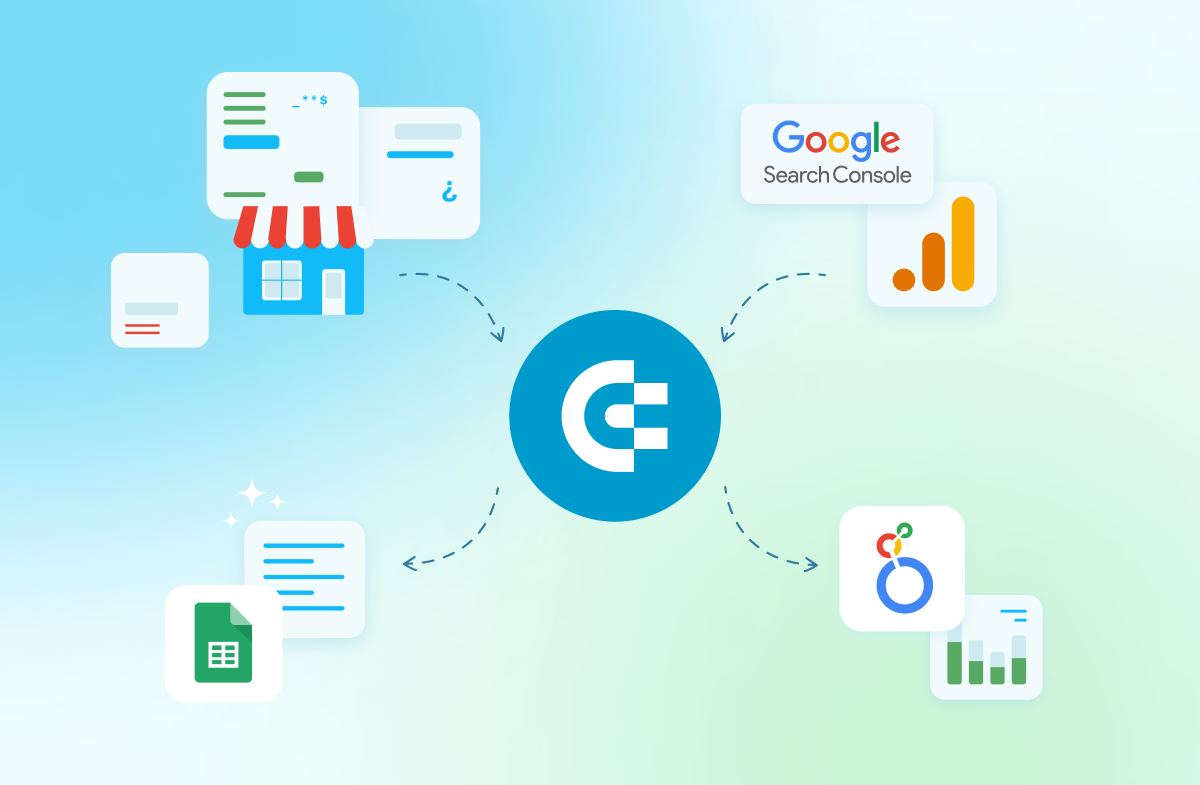For years, the pricing process at Habitium has been done manually, wasting valuable time and leaving room for potential errors. A single mistake in pricing not only meant losing money for the company, but also posed the risk of overpricing, thereby jeopardizing competitiveness and losing clients.
Habitium, like many in this sector, faced a series of significant challenges in data management, especially regarding the synchronization of stock and prices with its online catalog in their pursuit to provide an optimal shopping experience to their customers. These challenges stemmed from the variety of data formats manufacturers and distributors used, which couldn't be adjusted or modified by the retail company.
Habitium dealt with a variety of files hosted on FTPs or web pages, each with its own format and structure. This heterogeneity of data formats posed a series of operational and logistical difficulties.
The company had to dedicate a significant amount of time and resources to manipulating and normalizing data from multiple sources. This not only increased the workload but also raised the risk of errors and discrepancies.
Another significant challenge was the lack of real-time data synchronization between its suppliers and its online platform. Any changes in stock or prices had to be manually updated by the team, which proved to be a laborious and error-prone task.
All this meant that Habitium was limited in its ability to customize the real-time presentation and availability of products on its platform, thereby affecting the customer experience.




